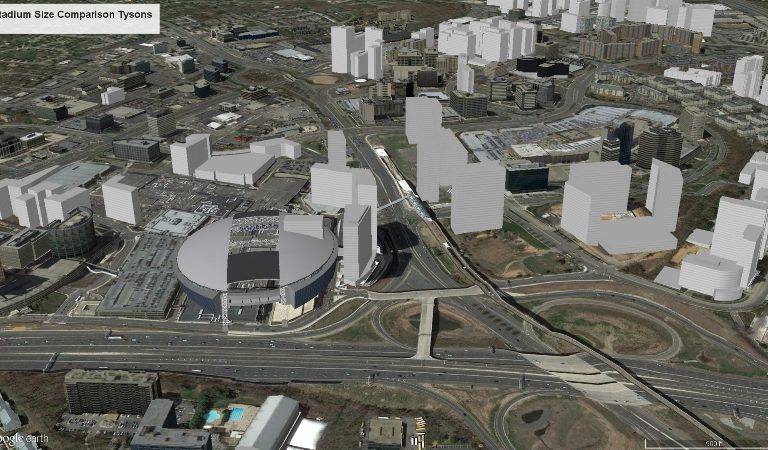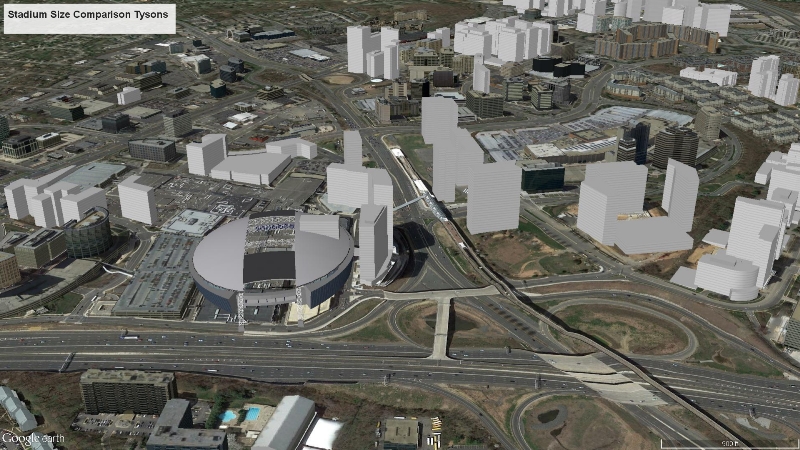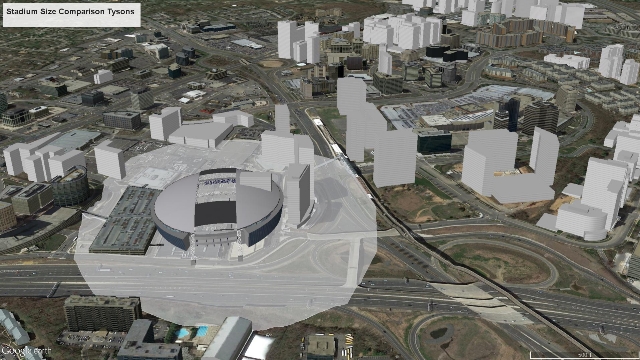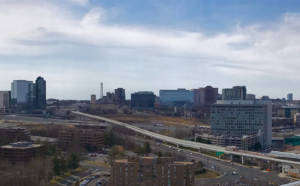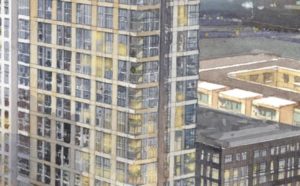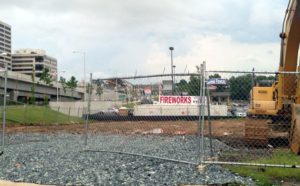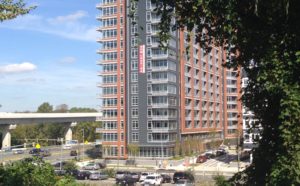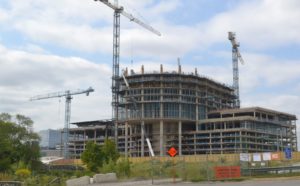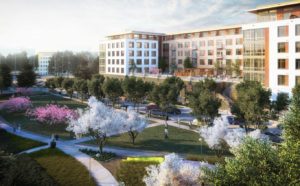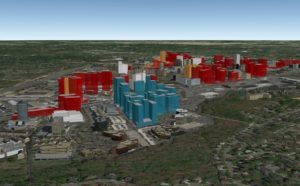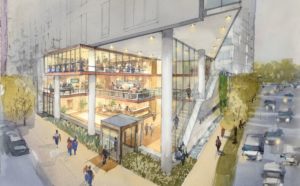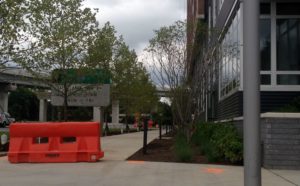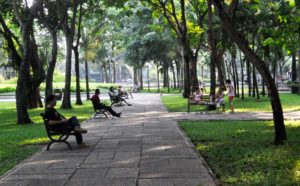The Washington football team has announced this week that they are in the design phase for their future stadium relocation. Professional sports stadiums can be a real sore subject for many living within the jurisdiction of the team. Subsidized land acquisition, outright cash transfers, or other sweat heart deals are painful give aways of much needed funds that could otherwise go to help the needy, support schools, or improve emergency services.
The lesser discussed aspect of stadium deals is how horrible they are for the neighborhoods surrounding them. While many espouse the virtue of stadiums to improving land values, this is only true for well formatted stadiums that fit in with the neighborhoods in which they are placed. Fedex Stadium itself is a perfect example of how the stadium did not bring the development and revenues anticipated. The reality is that most stadiums are net losers for their jurisdictions despite claims otherwise. The select few that are not have a distinct similarity.
First let’s take a look at what a stadium might look like right here in Tysons. Using AT&T stadium, one of the biggest stadiums in the NFL, as an example, we see that the structure itself is not as massive of a disruption to a neighborhood as one might expect.
Yes, the stadium is massive and creates a superblock. However, by incorporating development directly adjacent to the building, along with some public spaces, these obstacles can be largely mitigated and overcome. Now let’s take a look at a stadium with a significant share of surface parking (25% of seats or approximately 20,000 parking spaces). This amount of parking would require a staggering 115 acres of space, nearly 10 times as much as the stadium itself. There are small towns (actually many not so small towns) that could fit entirely into that much land.
A void space is created surrounding the stadium to the point that no one in their right mind will be walking from the outer periphery to the stadium just for leisure, outside of game day hours. This results in a boon for the stadiums economy itself (after all the retail and business aspects for the stadium only rely on that single day) but creates no collateral affect on surrounding, and we use that term loosely, businesses. The space itself has the opposite affect, creating a dead zone that actually drives business away.
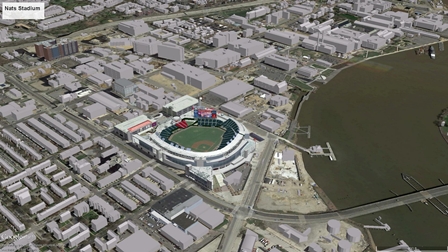 Of course there are examples of good stadiums as well. Soldier Field in Chicago is sited in public park surrounded by museums, a marina, and other amenities; it has no parking at the stadium. Nat’s Stadium is a perfect example of a modern stadium built with a future community in mind, limiting parking, and using the smallest footprint possible to preserve walkability.
Of course there are examples of good stadiums as well. Soldier Field in Chicago is sited in public park surrounded by museums, a marina, and other amenities; it has no parking at the stadium. Nat’s Stadium is a perfect example of a modern stadium built with a future community in mind, limiting parking, and using the smallest footprint possible to preserve walkability.
Unfortunately, it looks like Dan Snyder is looking to trade one suburban isolated car-centric stadium for another by focusing on prospective locations like Loudoun. Despite having metro access, being at the end of the line assures that at least half of the customer base will be driving to the game.
We’ll see what ultimately is decided, any move is at least a decade away. Hopefully, no local jurisdiction will be fooled into helping to subsidize the cost of construction of the for-profit stadium, and wherever it ends up focuses on sensible land planning.

